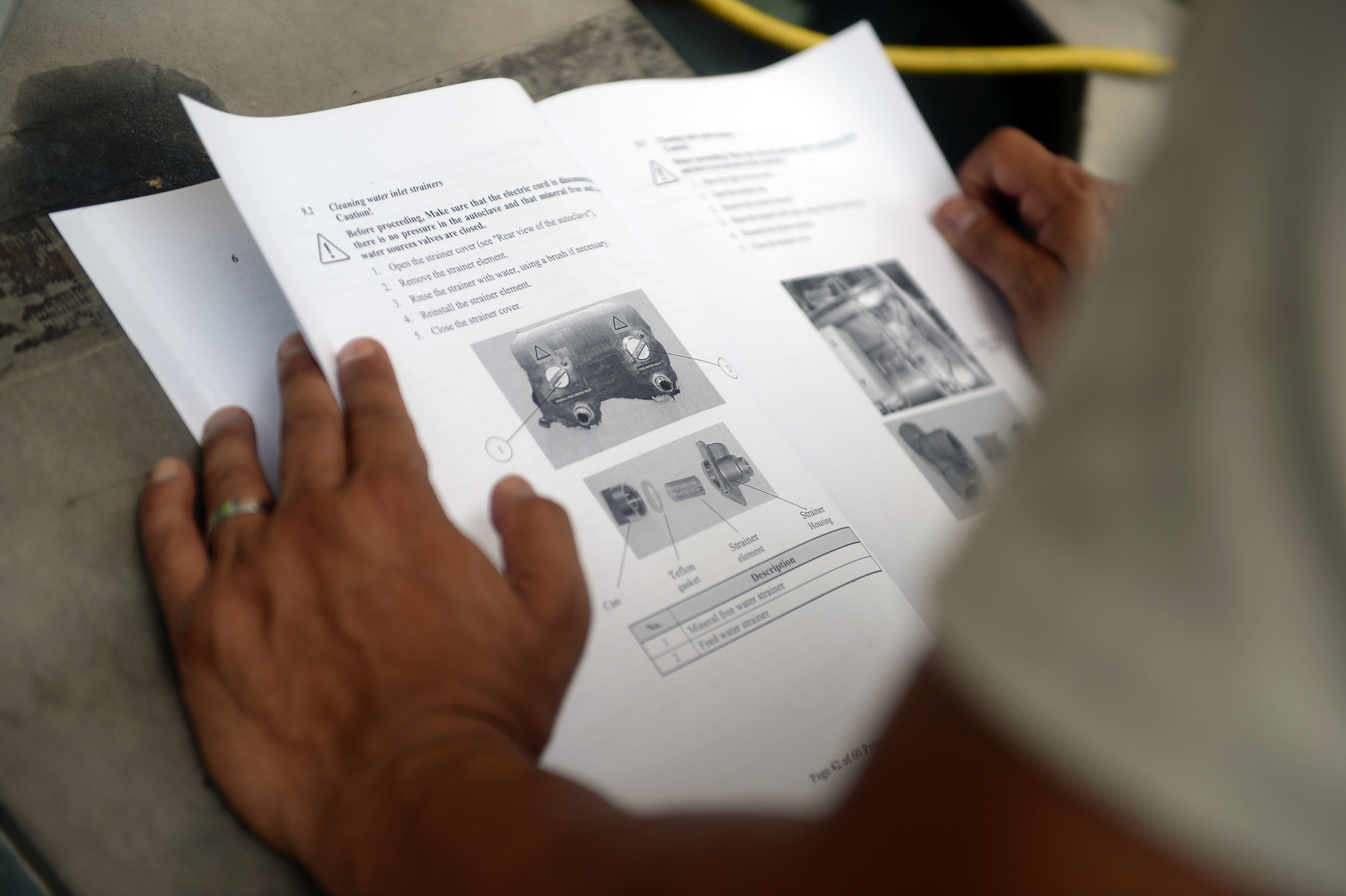|
Māripi
A ''māripi'' is a type of knife consisting of carved wood with shark teeth embedded in it. It was traditionally made by Māori, the indigenous people of New Zealand. It was used for cutting meat, and not generally as a weapon. References External linksA māripiin the collection of the Museum of New Zealand Te Papa Tongarewa The Museum of New Zealand Te Papa Tongarewa is New Zealand's national museum and is located in Wellington. ''Te Papa Tongarewa'' translates literally to "container of treasures" or in full "container of treasured things and people that spring fr ... Knives Māori culture {{Knife-stub ... [...More Info...] [...Related Items...] OR: [Wikipedia] [Google] [Baidu] |
Handbook To The Ethnographical Collections (1910) (14803221233)
A handbook is a type of reference work, or other collection of instructions, that is intended to provide ready reference. The term originally applied to a small or portable book containing information useful for its owner, but the ''Oxford English Dictionary'' defines the current sense as "any book ... giving information such as facts on a particular subject, guidance in some art or occupation, instructions for operating a machine, or information for tourists." accessed 23 March 2017. A handbook is sometimes referred to as a '''' ( |
Māori People
The Māori (, ) are the indigenous Polynesian people of mainland New Zealand (). Māori originated with settlers from East Polynesia, who arrived in New Zealand in several waves of canoe voyages between roughly 1320 and 1350. Over several centuries in isolation, these settlers developed their own distinctive culture, whose language, mythology, crafts, and performing arts evolved independently from those of other eastern Polynesian cultures. Some early Māori moved to the Chatham Islands, where their descendants became New Zealand's other indigenous Polynesian ethnic group, the Moriori. Initial contact between Māori and Europeans, starting in the 18th century, ranged from beneficial trade to lethal violence; Māori actively adopted many technologies from the newcomers. With the signing of the Treaty of Waitangi in 1840, the two cultures coexisted for a generation. Rising tensions over disputed land sales led to conflict in the 1860s, and massive land confiscations, to which ... [...More Info...] [...Related Items...] OR: [Wikipedia] [Google] [Baidu] |
Museum Of New Zealand Te Papa Tongarewa
The Museum of New Zealand Te Papa Tongarewa is New Zealand's national museum and is located in Wellington. ''Te Papa Tongarewa'' translates literally to "container of treasures" or in full "container of treasured things and people that spring from mother Earth here in New Zealand". Usually known as Te Papa (Māori for "the treasure box"), it opened in 1998 after the merging of the National Museum of New Zealand and the National Art Gallery. An average of more than 1.5 million people visit every year, making it the 17th-most-visited art gallery in the world. Te Papa's philosophy emphasises the living face behind its cultural treasures, many of which retain deep ancestral links to the indigenous Māori people. History Colonial Museum The first predecessor to Te Papa was the ''Colonial Museum'', founded in 1865, with Sir James Hector as founding director. The Museum was built on Museum Street, roughly in the location of the present day Defence House Office Building. The muse ... [...More Info...] [...Related Items...] OR: [Wikipedia] [Google] [Baidu] |
Knives
A knife ( : knives; from Old Norse 'knife, dirk') is a tool or weapon with a cutting edge or blade, usually attached to a handle or hilt. One of the earliest tools used by humanity, knives appeared at least 2.5 million years ago, as evidenced by the Oldowan tools. Originally made of wood, bone, and stone (such as flint and obsidian), over the centuries, in step with improvements in both metallurgy and manufacturing, knife blades have been made from copper, bronze, iron, steel, ceramic, and titanium. Most modern knives have either fixed or folding blades; blade patterns and styles vary by maker and country of origin. Knives can serve various purposes. Hunters use a hunting knife, soldiers use the combat knife, scouts, campers, and hikers carry a pocket knife; there are kitchen knives for preparing foods (the chef's knife, the paring knife, bread knife, cleaver), table knives (butter knives and steak knives), weapons (daggers or switchblades), knives for throwing or juggling, an ... [...More Info...] [...Related Items...] OR: [Wikipedia] [Google] [Baidu] |


